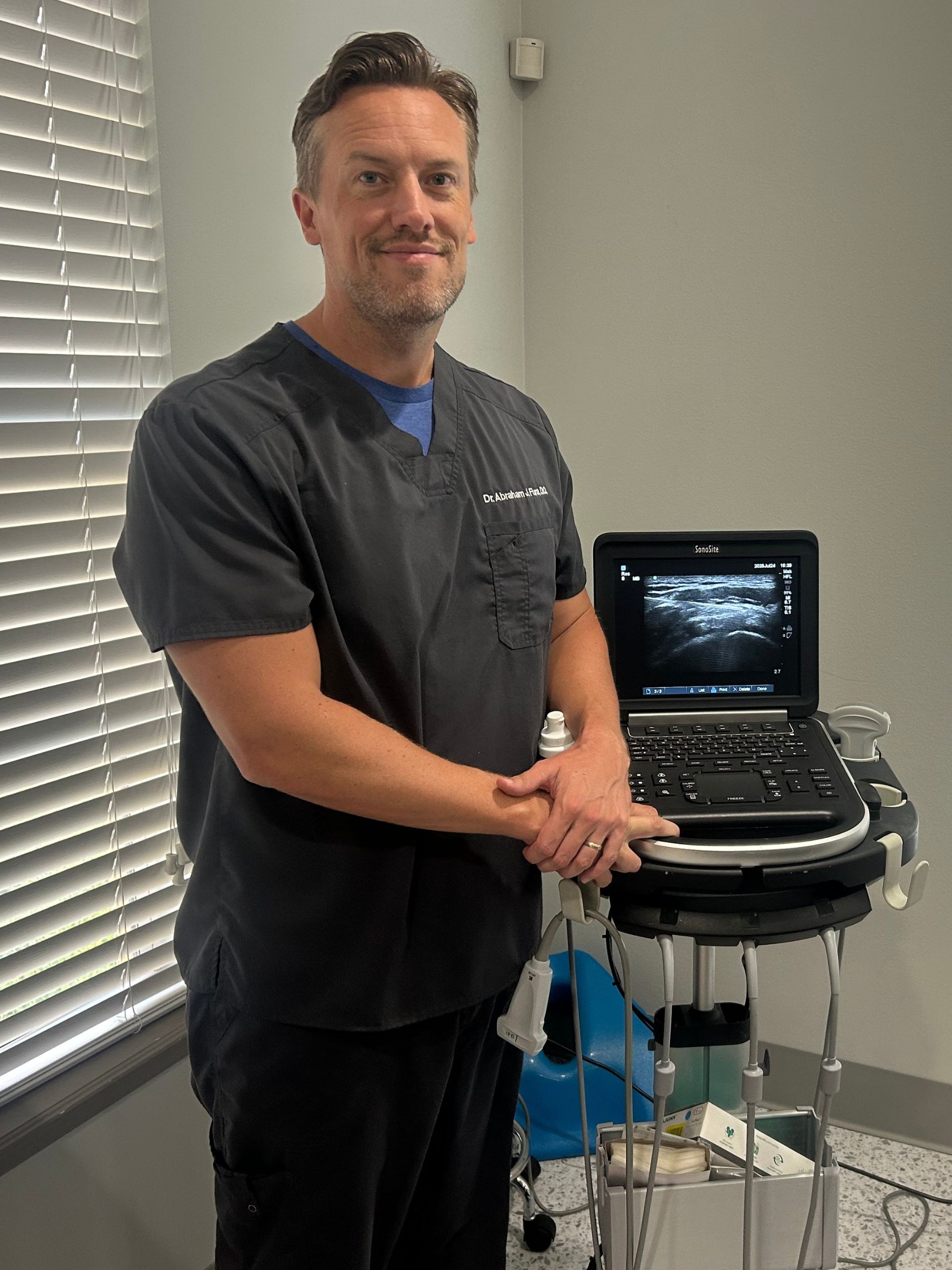
CONDITION OVERVIEW
A cervicogenic headache is a secondary headache, which means its origin is not in the head itself, but in the neck. It's a type of referred pain, where an issue with the bones, discs, or soft tissues of your cervical spine sends pain signals that your brain interprets as a headache. Unlike migraines or tension headaches, cervicogenic headaches are caused by a specific physical problem in the neck. Therefore, effective treatment requires an accurate diagnosis to identify and address the root cause of the neck issue.

ROOT CAUSES
These headaches originate from structural problems in the cervical spine that irritate or compress the nerves connecting the neck to the head. Any condition that affects the upper neck joints can be a potential trigger.
Arthritis, inflammation, or stiffness in the small facet joints of the upper neck (C1-C3) is one of the most common causes of referred pain to the head.
Prolonged forward head posture from constantly looking down at phones or monitors puts immense strain on the upper cervical spine, leading to chronic irritation.
Trauma from whiplash in a car accident, a sports injury, or a fall can damage neck joints and ligaments, leading to chronic headaches years later.
A bulging disc or bone spur in the upper neck can directly compress a nerve root that sends pain signals to the head, such as the occipital nerve.

RECOGNIZING THE SIGNS
The key feature of a cervicogenic headache is that the pain starts in the neck and is affected by neck movement. This helps distinguish it from migraines and tension headaches.
The headache is typically felt on only one side of the head and face. Unlike a migraine, it does not switch sides.
A classic sign where the headache sensation begins at the base of the skull or in the upper neck and radiates forward to the temple, forehead, or behind the eye.
The headache is almost always accompanied by a stiff neck and a noticeable reduction in the ability to turn or bend your head comfortably.
The headache can be reliably brought on or worsened by specific neck movements, awkward postures, or when a doctor applies pressure to your upper neck joints.
Pain in the neck, on the same side as the headache, is a constant feature. The headache rarely, if ever, occurs without the neck pain.
In some cases, the pain can trigger secondary symptoms like sensitivity to light and sound, or even nausea, causing it to be confused with a migraine.
If you suffer from chronic headaches accompanied by neck pain and stiffness, the problem may not be in your head at all. An accurate diagnosis of your cervical spine is the key to finding lasting relief. Contact the Spine and Nerve Center Riverview for a comprehensive evaluation today.